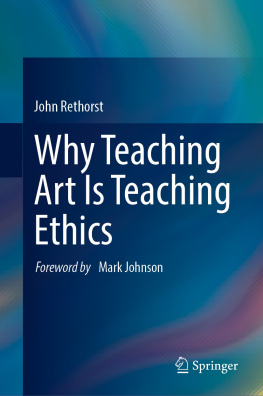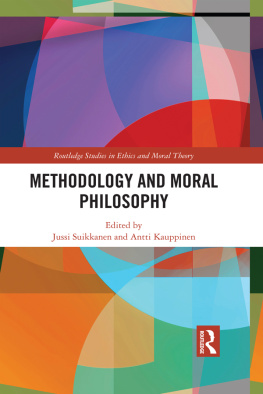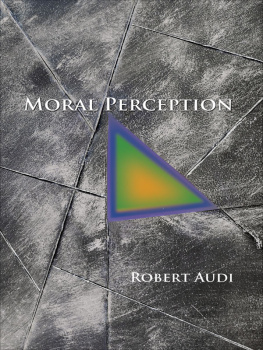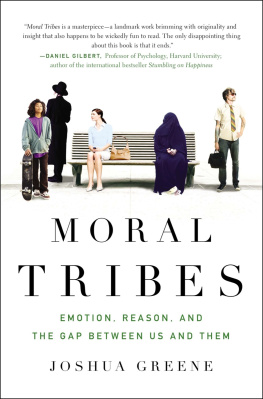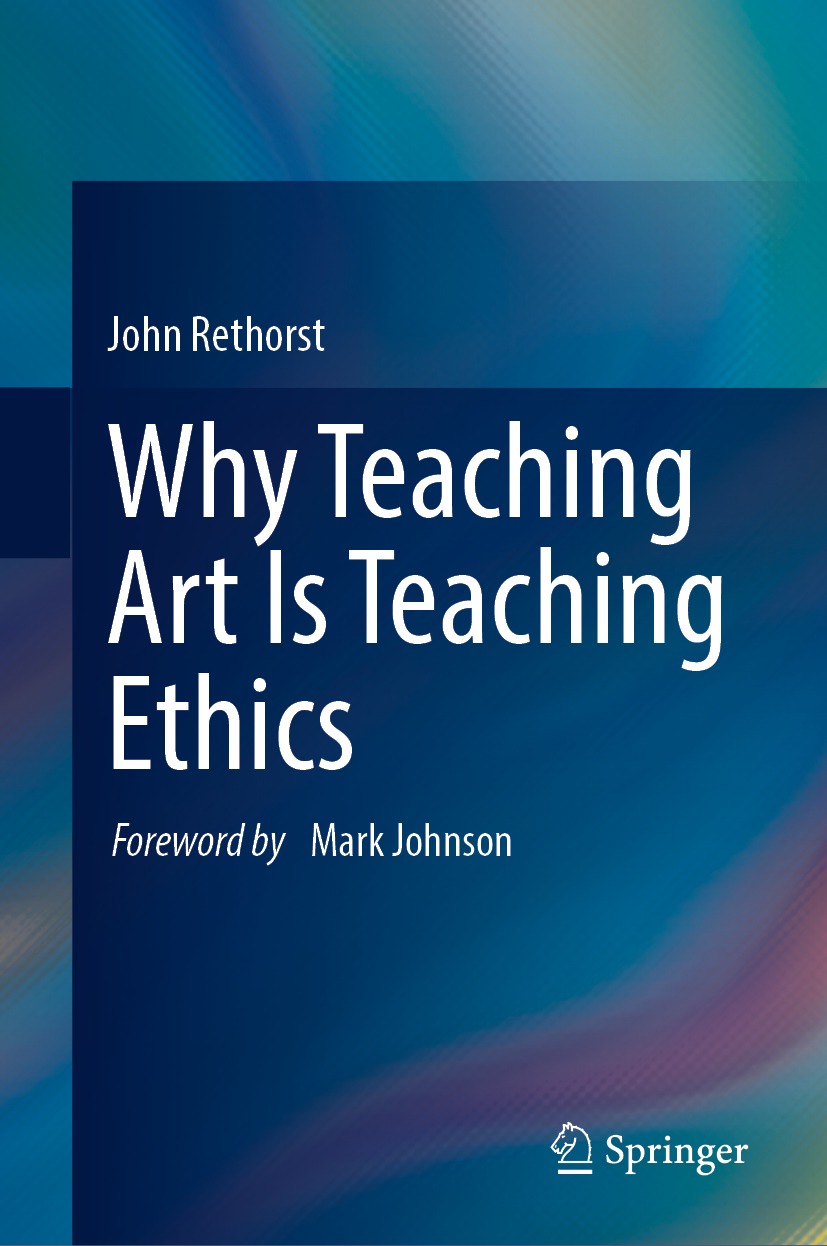John Rethorst
San Diego, CA, USA
ISBN 978-3-031-19510-5 e-ISBN 978-3-031-19511-2
https://doi.org/10.1007/978-3-031-19511-2
The Editor(s) (if applicable) and The Author(s), under exclusive license to Springer Nature Switzerland AG 2023
This work is subject to copyright. All rights are solely and exclusively licensed by the Publisher, whether the whole or part of the material is concerned, specifically the rights of translation, reprinting, reuse of illustrations, recitation, broadcasting, reproduction on microfilms or in any other physical way, and transmission or information storage and retrieval, electronic adaptation, computer software, or by similar or dissimilar methodology now known or hereafter developed.
The use of general descriptive names, registered names, trademarks, service marks, etc. in this publication does not imply, even in the absence of a specific statement, that such names are exempt from the relevant protective laws and regulations and therefore free for general use.
The publisher, the authors, and the editors are safe to assume that the advice and information in this book are believed to be true and accurate at the date of publication. Neither the publisher nor the authors or the editors give a warranty, expressed or implied, with respect to the material contained herein or for any errors or omissions that may have been made. The publisher remains neutral with regard to jurisdictional claims in published maps and institutional affiliations.
This Springer imprint is published by the registered company Springer Nature Switzerland AG
The registered company address is: Gewerbestrasse 11, 6330 Cham, Switzerland
Foreword
People dont just like stories, they need them. We get embroiled in narratives that enact the tragedy and comedy of our human condition, showing us the implications of our values and actions. We form relationships with the characters in stories and novels, hoping the best for some, fretting over their impending loss, injury or death. We want things to work out for the best. We want virtue to be rewarded and vice punished. We want to follow different characters to see where their personalities, values, virtues and vices lead them in life. Stories do matter for our lives, showing us possibilities for meaning, thought and action.
Even the most rabid censors and book burners implicitly recognize the power of narratives to shape our lives. Narratives are experiments in living, for better or worse, for richer or poorer, in sickness and in health, until death do us part. John Gardner knew this, arguing that the moral cultivation and edification we encounter in stories come not through narratives that moralize and preach at us, that is, moral propaganda, but rather from an honest exercise in moral imagination, the exploration of the meaning of values, traits of character and relationships that constitute our moral understanding.
This book carries forward the tradition defined by works like John Gardners Moral Fiction, Martha Nussbaums Loves Knowledge, Paul Ricoeurs Time and Narrative, Marshal Gregorys Shaped by Stories, Alex Kekes The Enlargement of Life, and Richard Eldridges On Moral Personhood. The basic theme running through such works is that a certain type of narrative fiction provides an experimental workshop for the development of moral perception, understanding and values. The goal is to understand how we are both shaped by stories that interrogate the meaning of our human situation and also how we can learn from stories to critically assess and improve our deepest values.
Rethorst has an excellent grasp of a large number of literary works and an admirably broad knowledge of relevant empirical research, coming from several fields, on the nature of moral understanding, judgment and growth of deliberative capacities. He brings mature reflection and a breadth of life experience to his readings of different kinds of narratives. Underlying his explicit analyses and arguments is a deep conviction in the power of narratives to contribute to our moral development, especially the ethical growth and nurturance of children.
The crux of Rethorsts view is that narrative, by virtue of its attention to character, judgment, perception, virtue and vice, courage and cowardice, selfishness and altruism, can be far more illuminating and psychologically realistic than most philosophical and scientific treatments that seek ultimate moral principles or a single conception of the good. What distinguishes fiction as a site of moral growth is what Rethorst aptly calls moral density, illuminating character, values, motivations, vices, and virtues most fully realized via narrative, given the narrative structure of our lives. We live in narrative, which explains why stories are best fitted to capture the character and moral density of our lives.
Challenging claims to moral universality and absoluteness, Rethorst argues for a nuanced, deep, expansive and rich account of our moral experience within particular situations. Having explained the allure of alleged moral absolutes and universal principles and values, he shows why such views cannot be adequate to the complexity of our moral problem-solving. Consequently, he argues for replacing a hortatory, moralizing stance with a deepening and enrichment of moral understanding.
A major part of this project is an argument for moral particularism, moral perceptiveness and moral imagination, which he develops in successive chapters. Martha Nussbaum nicely sums up the drift of this kind of argument: The subtleties of a complex ethical situation must be seized in a confrontation with the situation itself, by a faculty that is suited to address it as a complex whole. Prior general formulations lack both the concreteness and the flexibility that is required. They do not contain the particularizing details of the matter at hand, with which decision must grapple; and they are not responsive to what is there, as good decision must be. This kind of moral cultivation requires the exercise of what John Dewey called moral imagination, as a way of imaginatively following the implications for experience of different values, character traits and principles. This form of imaginative inquiry into problematic moral situations is more like artistic exploration than it is a matter of fixed values and moral rule following.
The argument for the necessity of a moral particularism is very convincingly developed, but Rethorst then proceeds to find an appropriate role for moral principles, not as absolute moral laws, but rather as reminders of factors that have proven useful in the prior moral problem solving of a culture. We are foolish to ignore the results of previous cultural experiments in moral deliberation, but they are, at best, suggestions of what we ought to include in our moral deliberations rather than given moral absolutes.
The chapters dealing with examples of such moral fiction are profoundly illuminating, showing how detailed attention to the complexities and particularities of events in life, and as explored in narrative fiction, can provide a cultivation of moral perceptiveness and deliberative insight. All of this gradually builds up to a plea for a rethinking of moral education. Rethorst makes a strong case against moral indoctrination as a vehicle of moral education, and he is also critical of the idea that movements in educational theory such as Values Clarification are alone sufficient, insofar as they lack an adequate critical perspective on both our own values and the values of othersa perspective that narratives with moral density are well-suited to elaborate.

